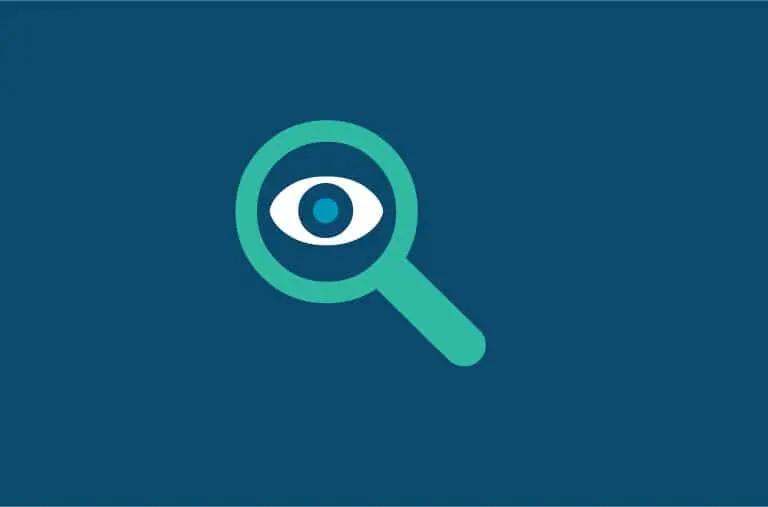What is Lead Scoring?
Lead scoring is an automated marketing tool sales and marketing teams use to determine qualified leads. Scores are attached to each lead based on their interest level in products or services. Lead scoring models differ from company to company.
Companies assign points through lead scoring best practices. Prospects are categorized as “hot leads,” “warm leads,” or “cold leads.” The scores are based on their characteristics and interactions.
Lead Scoring Models
- Rule-Based Lead Scoring – Point values are assigned based on a lead’s demographic & behavioral attributes. Point thresholds determine whether the lead is worth pursuing. These rule-based scoring solutions are integrated and provide results in CRM systems like C2CRM.
- Predictive Lead Scoring – Artificial intelligence (AI) generates a predictive model (algorithm) based on past customer data and behavior. With predictive lead scoring, you don’t have to determine how much weight to assign to each characteristic or criteria.
Establishing a scoring model that works in all cases is difficult and often comes down to trial and error. But, with predictive lead scoring, the algorithm looks at the information your customer profiles have in common. From there, it generates a formula that automatically groups your leads by category. Then you can identify the most qualified leads.
Customer Characteristics
The most critical part of the lead scoring model is determining your “ideal” customer. You identify the characteristics of people who are most likely to buy. These are individuals that display high-commitment behaviors vs. low-commitment behaviors.
When qualifying leads, you must look at two main categories:
- The general way that the person fits with your business.
- The person’s actual interest level and engagement with your product
(Your ideal customer will receive a high lead score in both categories.)
There are three different types of criteria to consider:
1.Explicit criteria – Explicit scoring is based on information supplied by the prospect. This information tells you who the person is and whether they are a good fit.
For instance, whether they have purchasing power within their own business. Or whether their business is big (or a small company) that fits your products and services.
Measuring explicit criteria means measuring things like:
- Company size
- Geographic customer locations
- Degree of decision makers & purchasing power
- Past purchases
- Job title and level
2. Implicit criteria
Implicit scoring is based on the information you gather indirectly. Behavioral data tells how interested someone is in your service, product, or business.
These details will not tell you whether they fit your company. It tells whether they engage with your content, website, and advertisements.
For implicit criteria, consider metrics like:
- Number of phone calls
- Pageviews
- Number of website visits
- Tradeshow/Webinar attendance
- Marketing email interactions
- Live chat interactions
- Social Media interactions
3. Negative criteria
Negative scoring criteria will help identify the people who aren’t interested in your products and services. This allows you to discard them early in your sales cycle. Therefore, you don’t waste time nurturing leads that will never convert.
Here are some examples of negative criteria:
- Low email open and click-through rate
- Long inactivity periods
- Very little engagement
- Invalid email addresses
- Any unsubscribes to previous campaigns
Quantifying the Criteria
Once the criteria for your “ideal” customer are identified, it’s time to assign quantitative values or points. The values represent their importance to the lead scoring model. Below is an example of assigning points to criteria (the total score for the example is 78):
Lead Temperature
Once the calculation has been activated, the point totals can be categorized using a threshold system. This system quickly identifies which leads to focus on and assign to the sales reps.
Example of a lead temperature threshold assignment:
- Hot: 80-100
- Warm: 50-79
- Cool: 25-49
- Cold: 0-24
In the “Point System Example” above, the total score of 78 will fall into the “warm” lead category.
Benefits of Lead Scoring
- Lead Prioritization – Lead scoring helps sales teams segment and focus on leads based on their expected desire to buy. Follow-up is more effective when engaging prospects with higher interest.
- Coordination of Marketing and Sales Efforts – Scoring tools strengthen the relationship between marketing and sales teams. This results in a smoother hand-off of leads from marketing to the sales team. Working together also helps to close the deal faster.
- Increased Marketing Effectiveness – The lead scoring process quantifies the types of leads or lead characteristics that are most important. This process allows marketers to target their programs and deliver more high-quality leads.
- Increase in Sales Revenue – Information from lead scoring helps teams customize their sales approach. This improves the conversion rate. Also, leads with higher scores have a higher close rate than those with lower scores. This all results in an increase in sales revenue.
Conclusion
Check out the advanced lead scoring system in the C2CRM solution. It is completely integrated with the marketing automation module. So, opens & clicks on emails and lead generation from your website will all factor into determining the priority of your sales leads.







